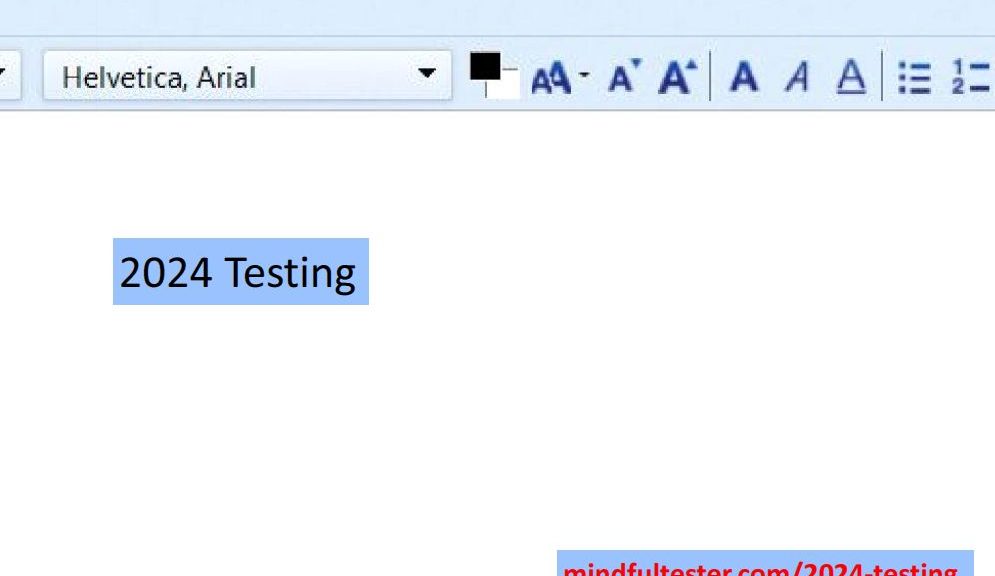This year I wrote some blog posts about legal and certification stuff. like January Testing and May 2018 Testing. So it would be appropriate to shed some light on accessibility and laws.
Disclaimer
I am not a legal expert. So please have a look at my used sources. Or contact a legal expert.
I am just a tester finding test ideas about accessibility. Thanks for joining in advance.
What?
During #30DaysOfTesting I recommended to follow Karl Groves and Albert Gareev on Twitter for accessibility. Karl had interesting news for European software suppliers. Some law for accessibility was coming.
Accessibility is coming to EU.
[On the melody of “Santa Claus is coming to town.”]
I started my search engine and found the European Accessibility Act or EAA.
Great, a new abbreviation for upsetting the PO.
On November 8 the EU wrote a proposal to improve accessibility. In section 3.5 “The proposal” of Annex 1 is written, that the implementation should take place within 6 years.
A lot of readers might think:
“No worries, mate.
2024 is beyond the horizon.”
So what?
A lot of companies would think, that this is a rehearsal of the GDPR situation. A lot of companies still think, that everything is under control. Just have a read over a forgotten test.
Okay, a typical reaction about accessibility is:
“There is no law in place.”
Let me give several comments to this statement.
- It is not ethical. People are dependent from the internet. There are online shops, online bank portals, online government points of access, and so on. People with limitations have a right to use them.
- There are human rights and right no 9 states, that things must be accessible. Basically the EU bought companies some time.
- The global organisation World Wide Web Consortium or W3C created Web Content Accessibility Guidelines to help people and companies to make applications accessible. WCAG or Web Content Accessibility Guidelines is mentioned in EAA. So it is a set of practical information to make websites accessible.
- Actually there are American laws for accessibility.
These laws are based on WCAG.Accessibility is coming from the States.
[On the melody of “Santa Claus is coming to town.”]Companies are being sued because of these laws at this very moment. So watch out with shipping your software to the States.
- Websites for European institutions must be accessible.
- Maybe at the end of this blog post I have some other comments.
: )
Just scroll down and up.
I can wait.
What now?
As a reader you have the right to ask for test ideas.
OK, let’s have a look at an OK button.
- Is it possible to navigate to this button using the keyboard?
- Is the contrast of the text “OK” and the background big enough?
- Is OK written in clear font?
- Are symbols and colours used to indicate, that a press of the button is a confirmation?
- Is OK not offensive in this context?
- Does the screen reader recognise the OK button?
- Etc.
Imagine the dialog with the “OK” button.
Roll up your sleeves.
- Are the consequences of pressing the OK button clear?
- Is a pop up dialog really necessary?
- And so on. And so forth.
What are we waiting for?
It takes time to find the right combination for accessibility.
Did I already mention, that American companies have a clear advantage?
Or the fact, that government websites in the Netherlands must be accessible to a certain degree.
Accessibility on Dutch goverment websites.
[On the melody of “Santa Claus is coming to town.”]
